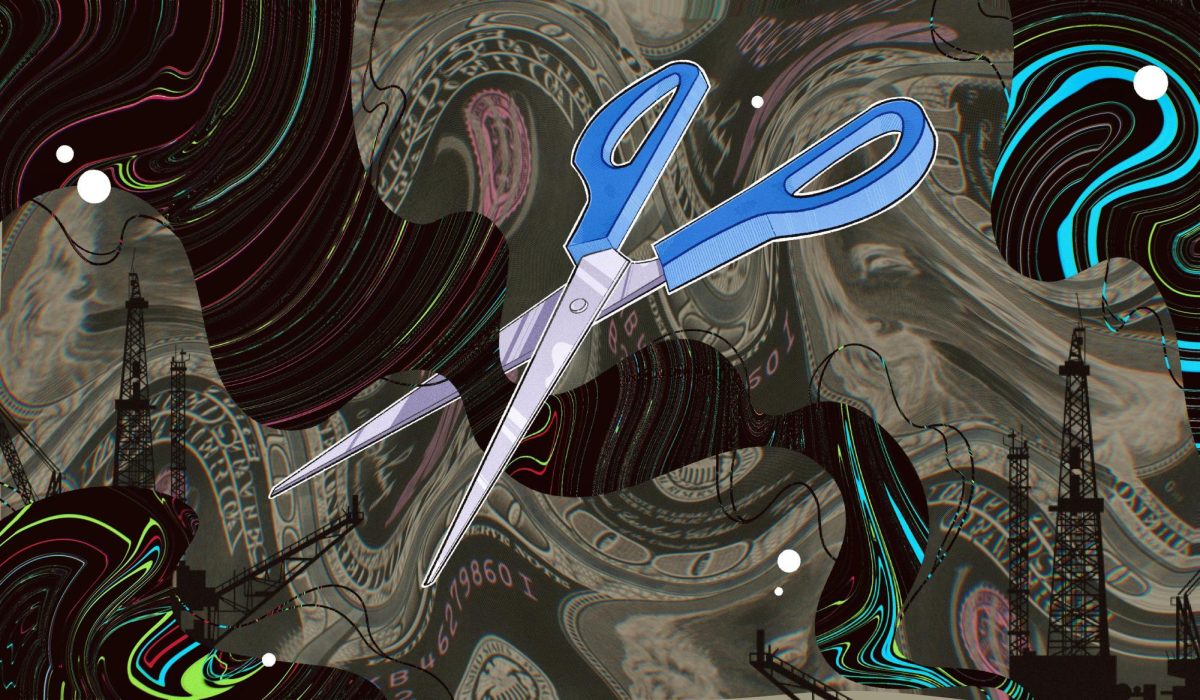San Diego is a diverse community built on the unique stories of its citizens. Having a population of 41.1 percent people of color, it would make sense that the makeup of the city would be reflected in those who report on it, specifically in publications like The San Diego Union-Tribune. However, this information is publicly unavailable, as the newspaper opted out of participating in the annual Newspaper Diversity Survey, highlighting an unfortunate trend of a lack of diversity in the American newsroom.
In 2017, the American Society of News Editors released its annual results for the Newspaper Diversity Survey looking at women and minorities in newsrooms across the United States. The results found that, on average, 63 percent of individuals in the newsroom were male and that white people were 25 percent overrepresented in the composition of the newsroom compared to their audience.
Diversity must go beyond a surface level approach of just hiring more people of color and women. Having a diverse newsroom should mean that people are hired to represent a wide variety of experiences going beyond one specific marginalization. In doing so, newsrooms will be better able to produce content that represents intersecting identities rather than just singular ones. As Margaret Sullivan said in her New York Times editorial, “When the group is truly diverse, the nefarious groupthink that makes a publication predictable and, at times, unintentionally biased, is much more likely to be diminished.” Reporters who are representative of various aspects of these communities are better able to understand the nuances of stories pertaining to their communities, leading to more accurate representations of the stories they tell that a journalist from outside of that community simply could never achieve.
Further, having a more diverse newsroom allows stories about marginalized communities to be shared in the mainstream. According to Tracie Powell from Poynter, the Trayvon Martin shooting story would not have been pushed into the mainstream had it not been for the work of three black reporters. Many news organizations outside of the Orlando area were blind to the fact that there was an audience for that type of story. However, after Trymaine Lee, Charles M. Blow, and Ta-Nehisi Coates reported on the incident, the story gained national attention, sparking a nationwide conversation on racial injustice. When newsrooms have a diverse range of journalists, stories with a more marginalized nuance have a better chance of being covered because the journalists from those intersectional backgrounds can have more connections to stories pertaining to their personal identities.
It’s important to remember that the path to a diverse newsroom can take years of work for any given newspaper. However, there are some steps newspapers can take to lead toward this goal. The editors at the Columbia Journalism Review suggest that newsrooms can promote diversity by reporting on the stories that matter to marginalized communities most, emphasizing the need to keep existing minority journalists, and making tangible efforts to eliminate barriers for minorities to enter the newsroom, like requirements of unpaid internships, low wages, and a lack of people from marginalized communities holding positions of power within the company.
Most importantly, it is necessary for newsrooms to admit that a lack of diversity is a problem they themselves can address. Publications like the Union-Tribune must be transparent with the communities it serves so readers like us can hold them accountable toward all aspects of the reporting process, especially when it comes to covering issues that dive into diverse community experiences.
That being said, it is ultimately up to both newsrooms and readers to begin pushing for diversification. Newspapers can take steps toward addressing the inequities that may be within their companies, and readers can hold their local papers accountable to diverse practices by demanding transparency throughout all levels of the organization. Only then will newspapers like the Union-Tribune be better equipped to put an intersectional focus on their stories, making one small, yet significant step closer toward equity in the U.S.








